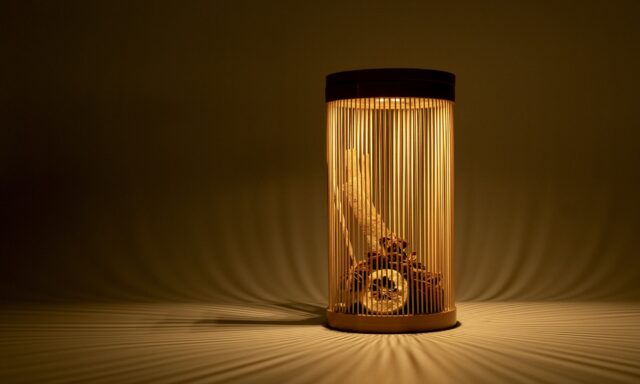Newly Launched “Yakiiro” Chopstick Rest by MIYAMA
New Products VOL.19
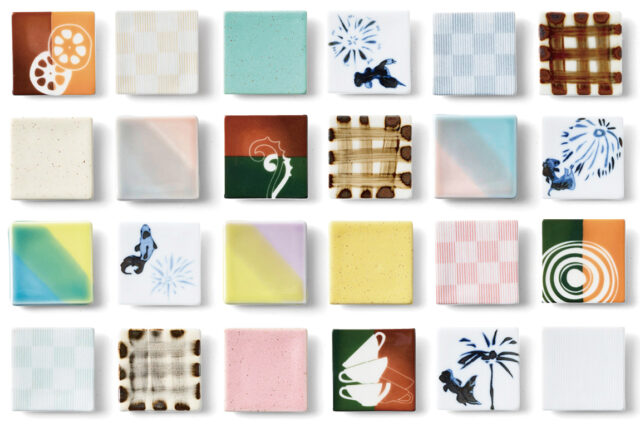

VOL.1-19
Update
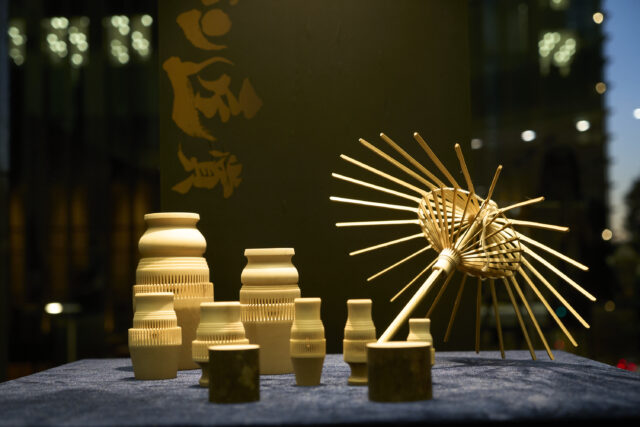
VOL.1-27
Update
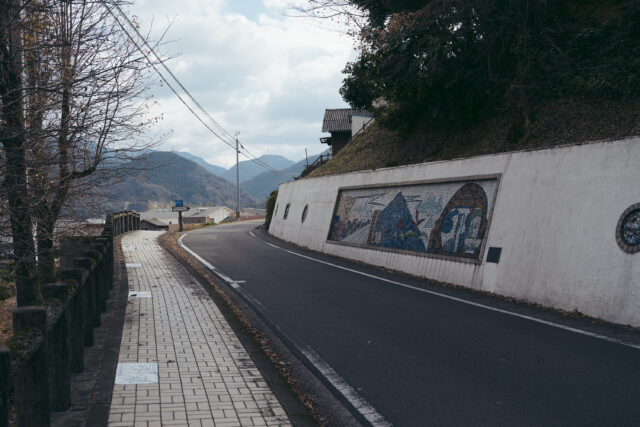
VOL.1-4
Update
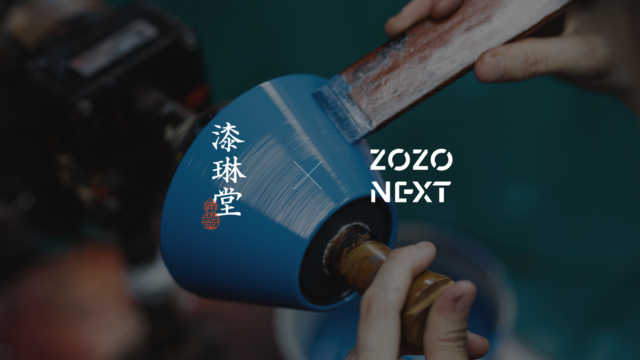
VOL.1-19
Update
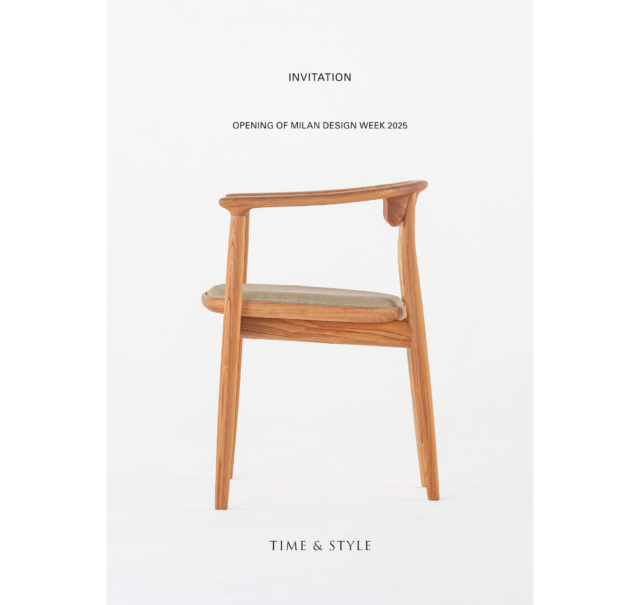
VOL.1-43
Update
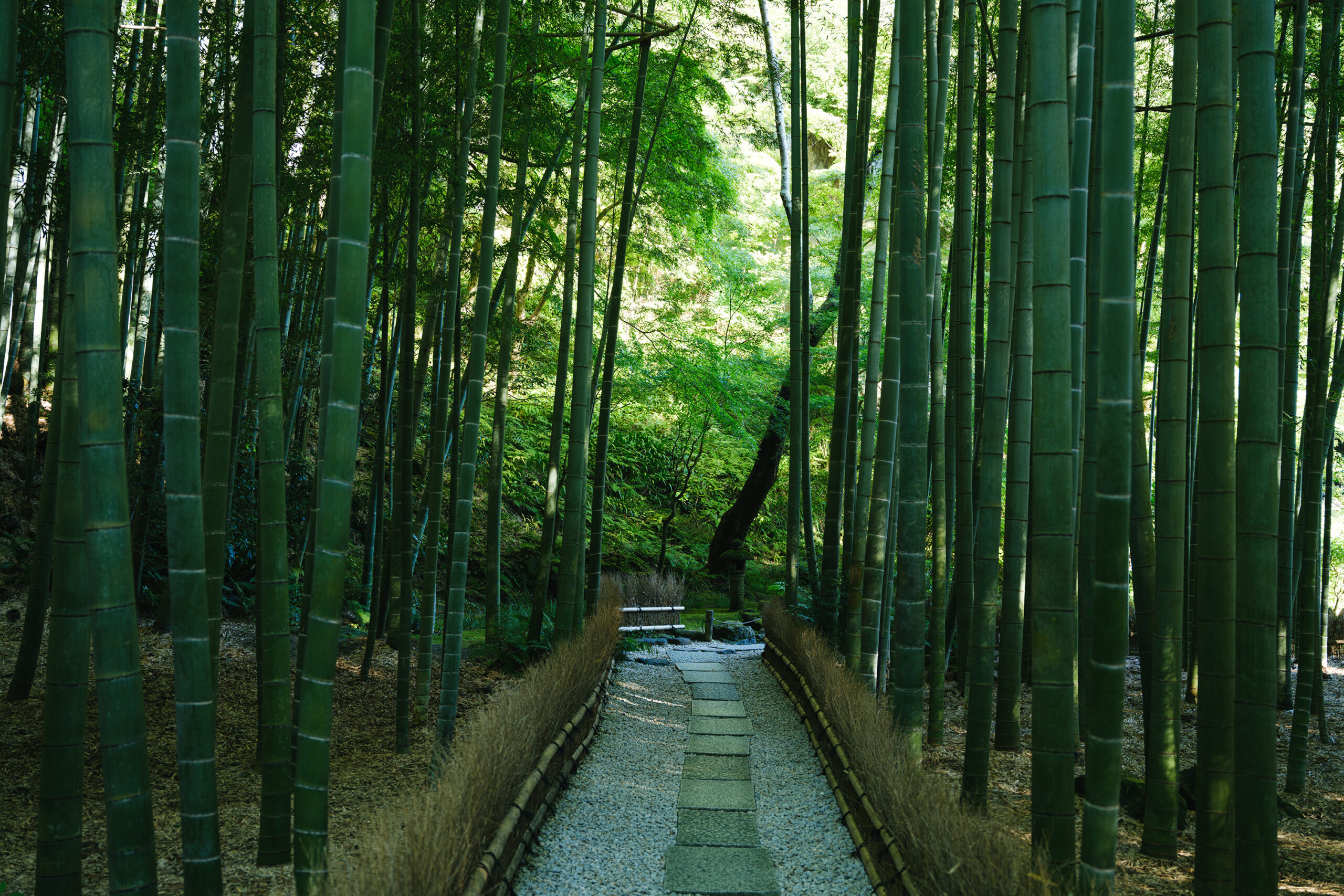
VOL.1-2
Update
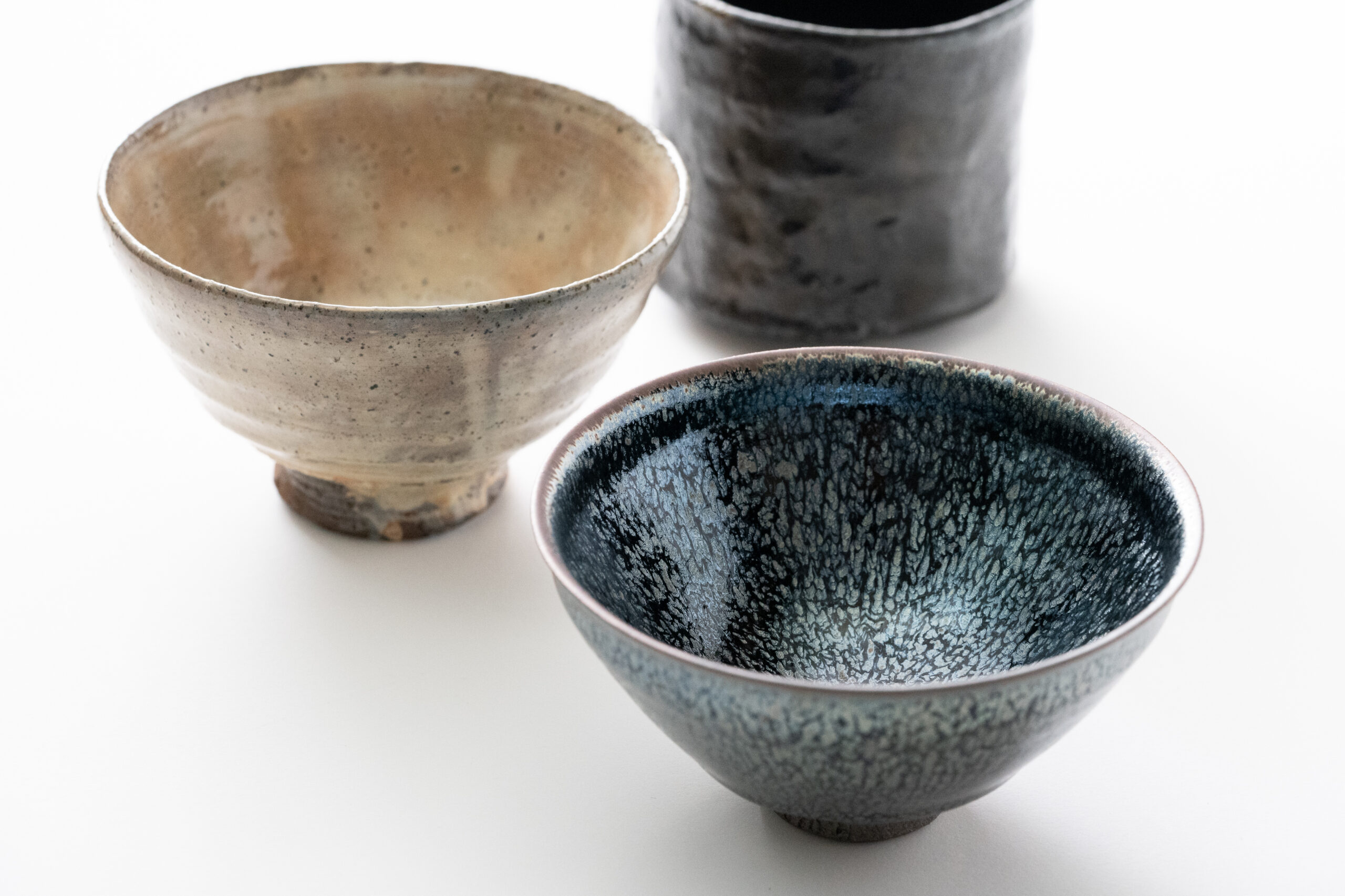
VOL.1-3
Update

VOL.1
Update
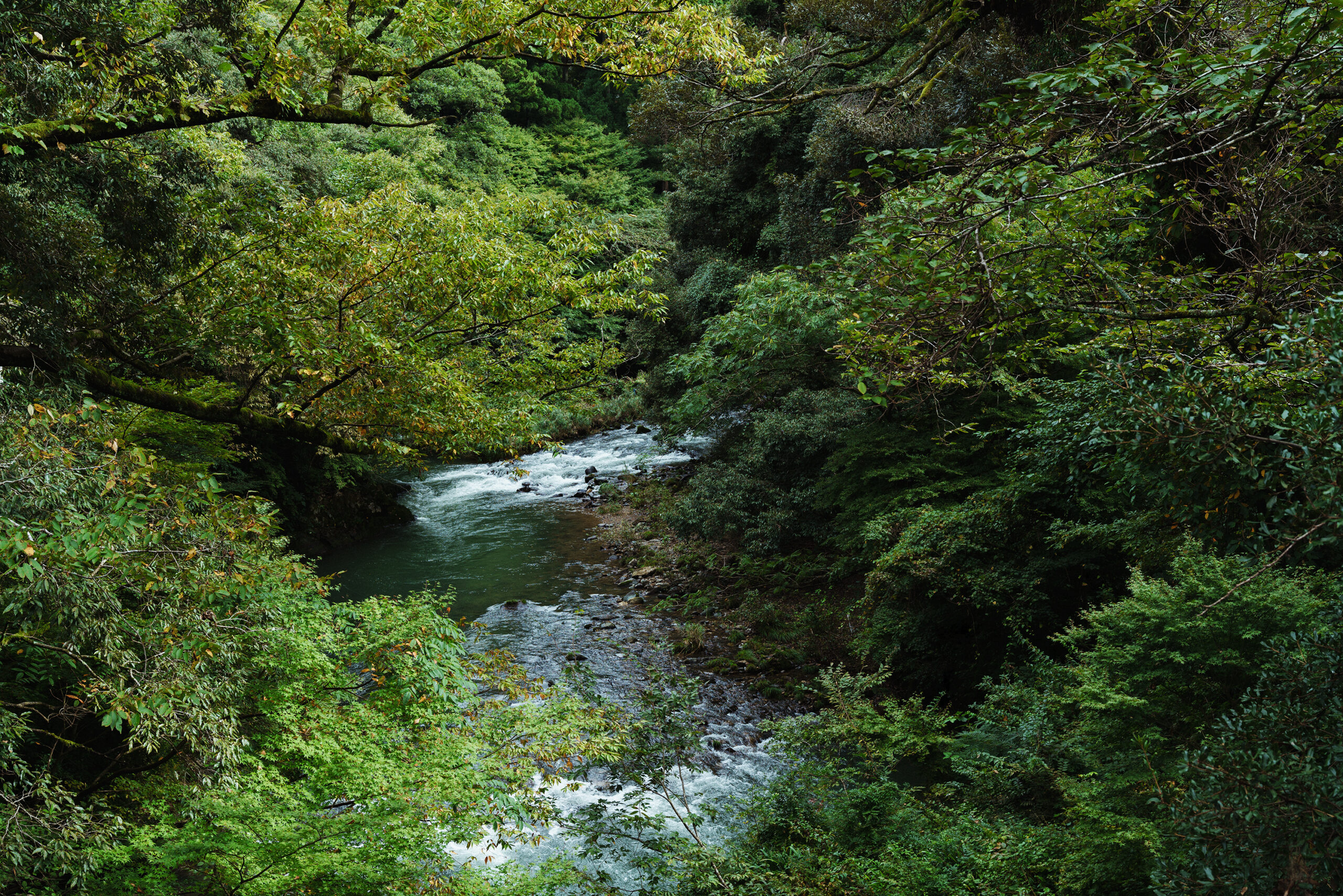
VOL.1-7
Update
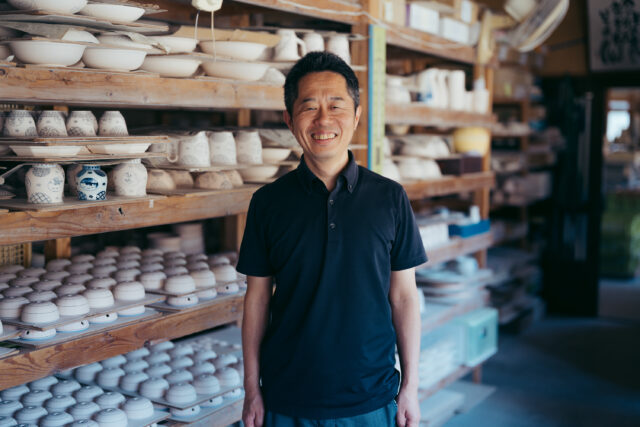
VOL.1-32
Update
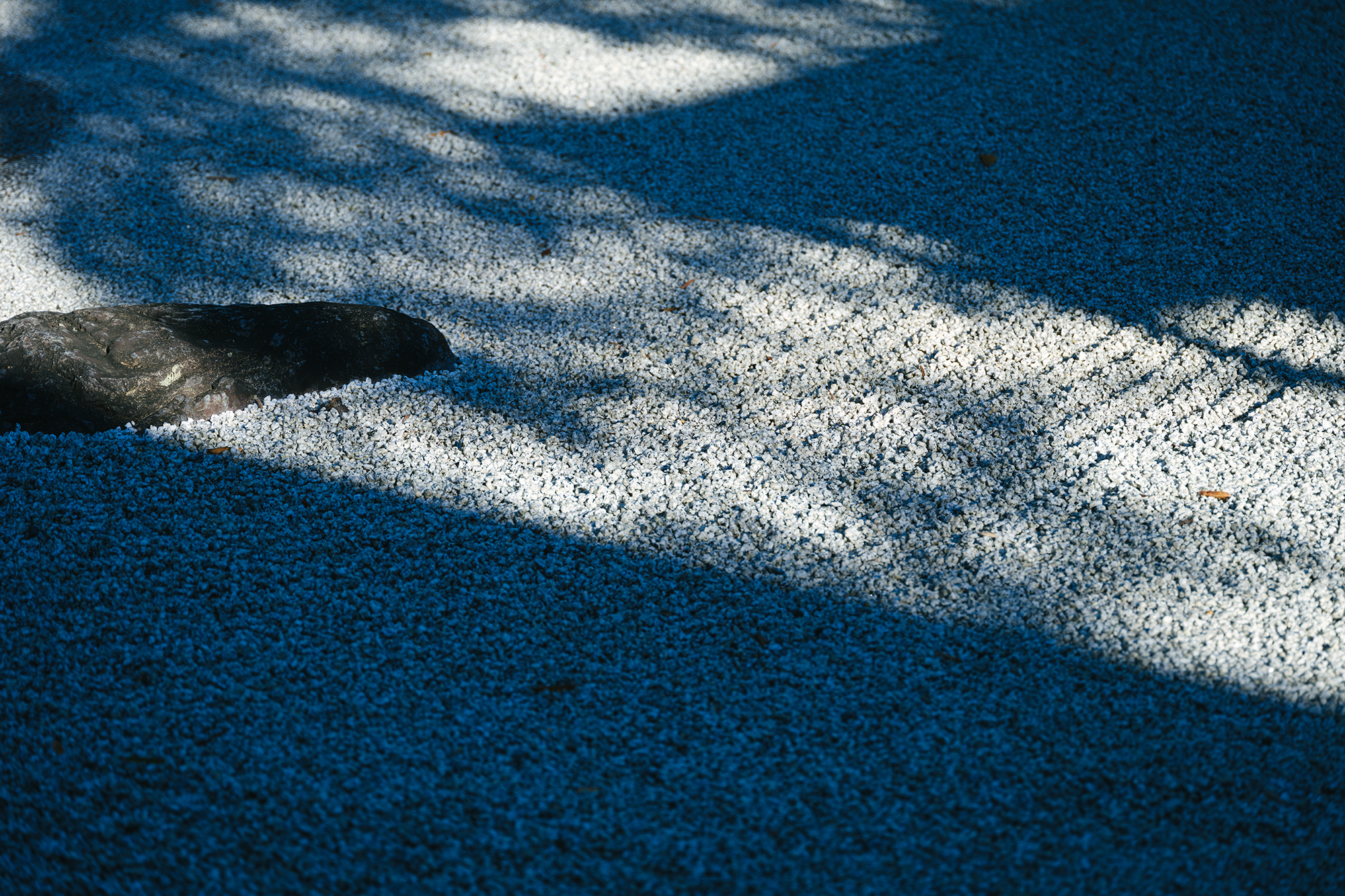
VOL.1-12
Update
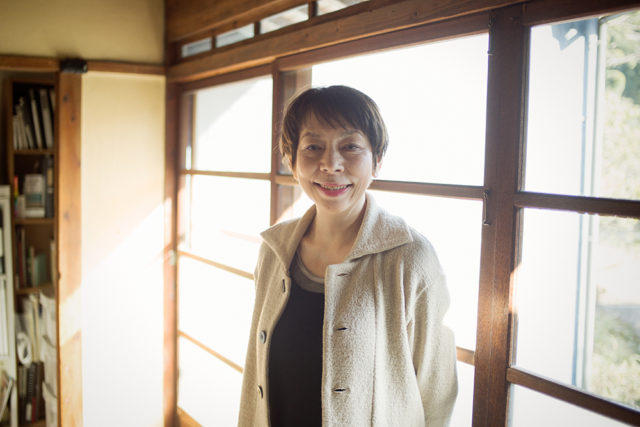
VOL.1
Update
We share a variety of information and perspectives on Japanese crafts, including exhibition information and interviews.
New Products VOL.19
Exhibition • Event Report VOL.27 AD
New Products VOL.18
Editor's Column "Craft Production Regions" VOL.4 AD
Jun 29 – Sep 7, 2025
Midorigaoka Art Museum Annex
Jul 12 – Aug 24, 2025
MIHO MUSEUM
Jul 12 – Sep 28, 2025
Bizen City Museum of Art
Ishikawa
Jul 12 – Oct 19, 2025
Notojima Glass Art Museum

